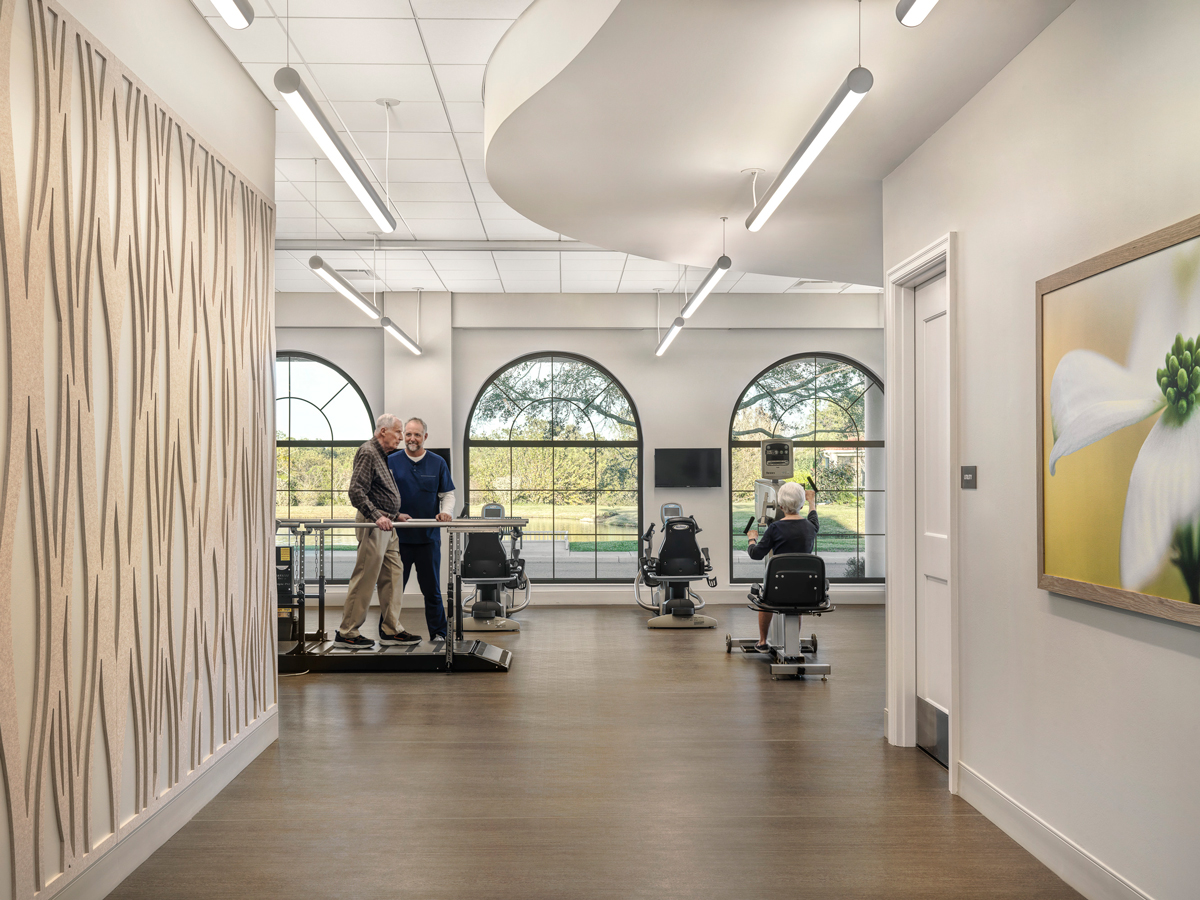
Chances are you’ve heard it before: America is getting older, faster. And as the median age inches toward 40, our nation will need to reassess many of its longstanding assumptions about later life – as well as its approach to healthcare.
“We live in a country that is being transformed – in ways both obvious and hidden – by older Americans,” writes Richard Eisenberg for AARP. “Our growing numbers and enduring vitality ensure that this disruption will continue to roll through the American economy, culture, society and politics – penetrating to the very marrow of our nation.”
By now, all but the very youngest of America’s approximately 71.6 million Baby Boomers have reached “retirement age” – and as life expectancies rise and the birth rate declines, it’s expected that people over the age of 65 will outnumber those under 18 within the next ten years. And nowhere will that demographic shift be more apparent than in long-term care.
Public programs like Social Security and Medicare “are not designed for or prepared to handle the new demographic reality,” The New York Times reports – and the private sector will be similarly overwhelmed by growing demand. Industry researchers forecast a shortage of more than 200,000 registered nurses and more than 50,000 physicians in the next three years alone.
Let’s process that for a moment: As Boomers age, more and more people will be competing for limited long-term care resources – and the cost of those resources will continue to rise.
It’s a volatile combination – and one that calls for a new outlook on later life, experts say. “Leisure is a story we wrote for retirement when it was short,” says Dr. Joseph Coughlin, leader of the AgeLab at MIT and author of The Longevity Economy. “Life is the new story we need to write when it becomes so much longer.”
Although the future of healthcare isn’t certain, careful forethought can help mitigate the risks. Just ask Al and Phyllis Wilhelm, both retired CPAs and Glenridge members who prioritized peace of mind and financial security by planning ahead.
“When we were navigating my mother’s healthcare needs, we learned that it can be dangerous to wait too long – because if you delay the decision until something happens, you’re at the mercy of what’s available,” says Phyllis. “At The Glenridge, we know that everything is here, whether we need long-term care, physical therapy, or mental health support.”
Given the preponderance of data heralding an impending crisis in long-term care, you might assume that most people would take a proactive approach. But the reality is that Americans of all income levels underestimate how long they’ll live, the likelihood that they’ll need care, and how much it will cost – and those misconceptions can be costly.
In our upcoming article in the Are You Prepared? series, we’ll debunk some of the pervasive myths surrounding long-term care and explore the best ways to be ready for the years ahead. Stay tuned to our blog feed to learn more!
If you’re ready to take charge of your future, there’s no better place to start than The Glenridge. Send us a message or give our Life Planning Team a call at 941-552-5369 to learn more about everything our Life Fulfilling Community® has to offer – or schedule your personal tour.
For more information about what life is like at The Glenridge on Palmer Ranch – once again named the best senior living community in Sarasota – visit our other blog posts or find us on Facebook.
